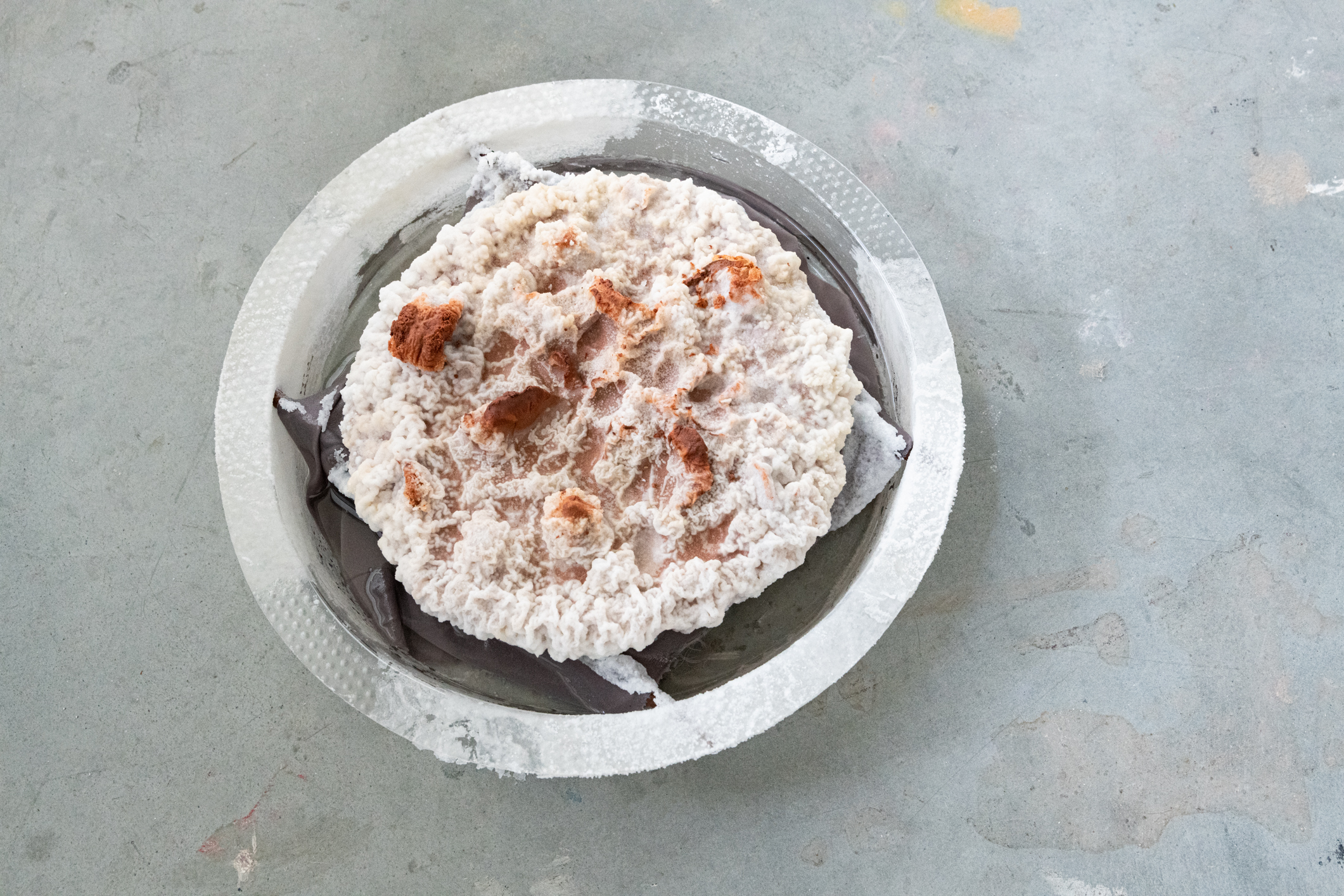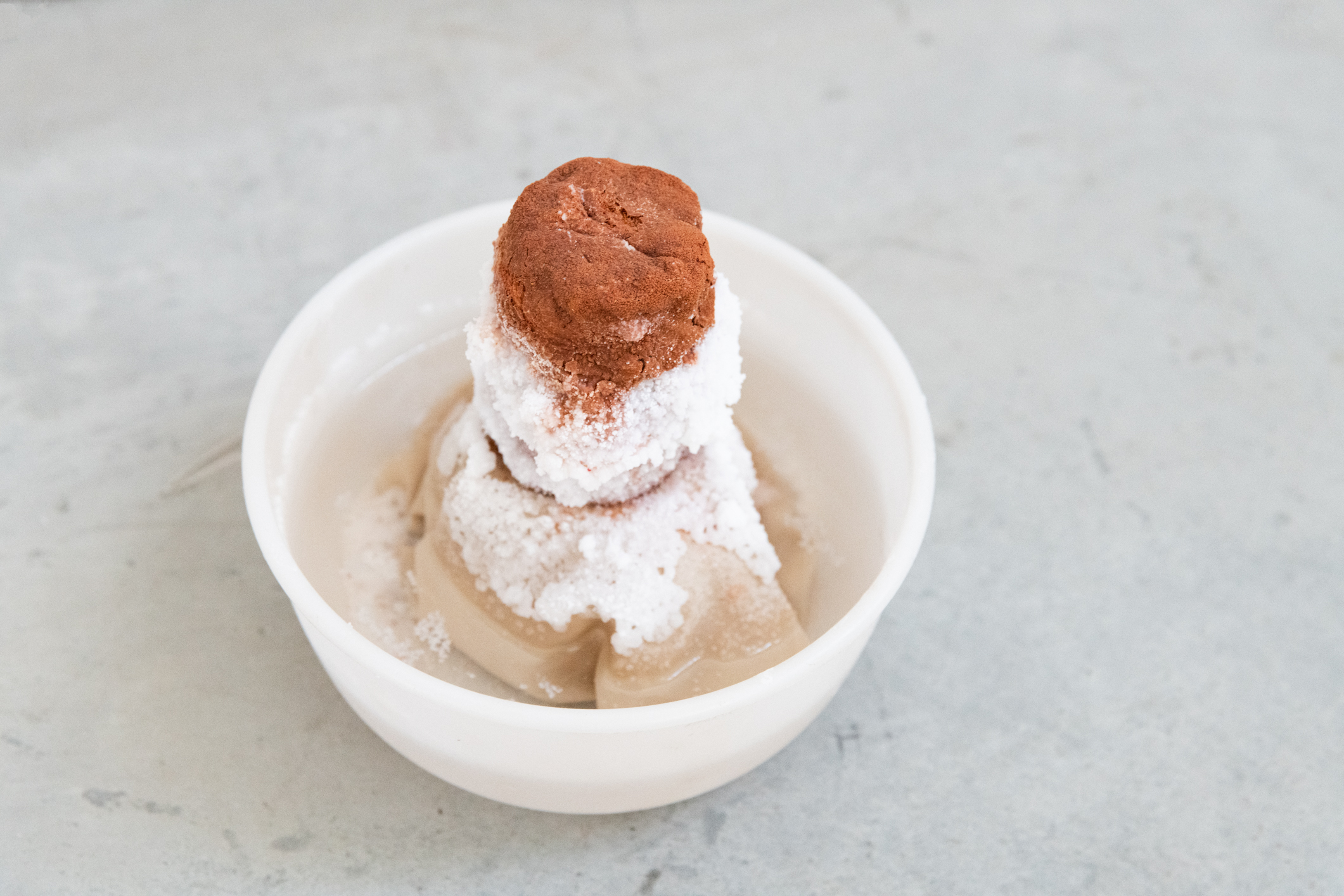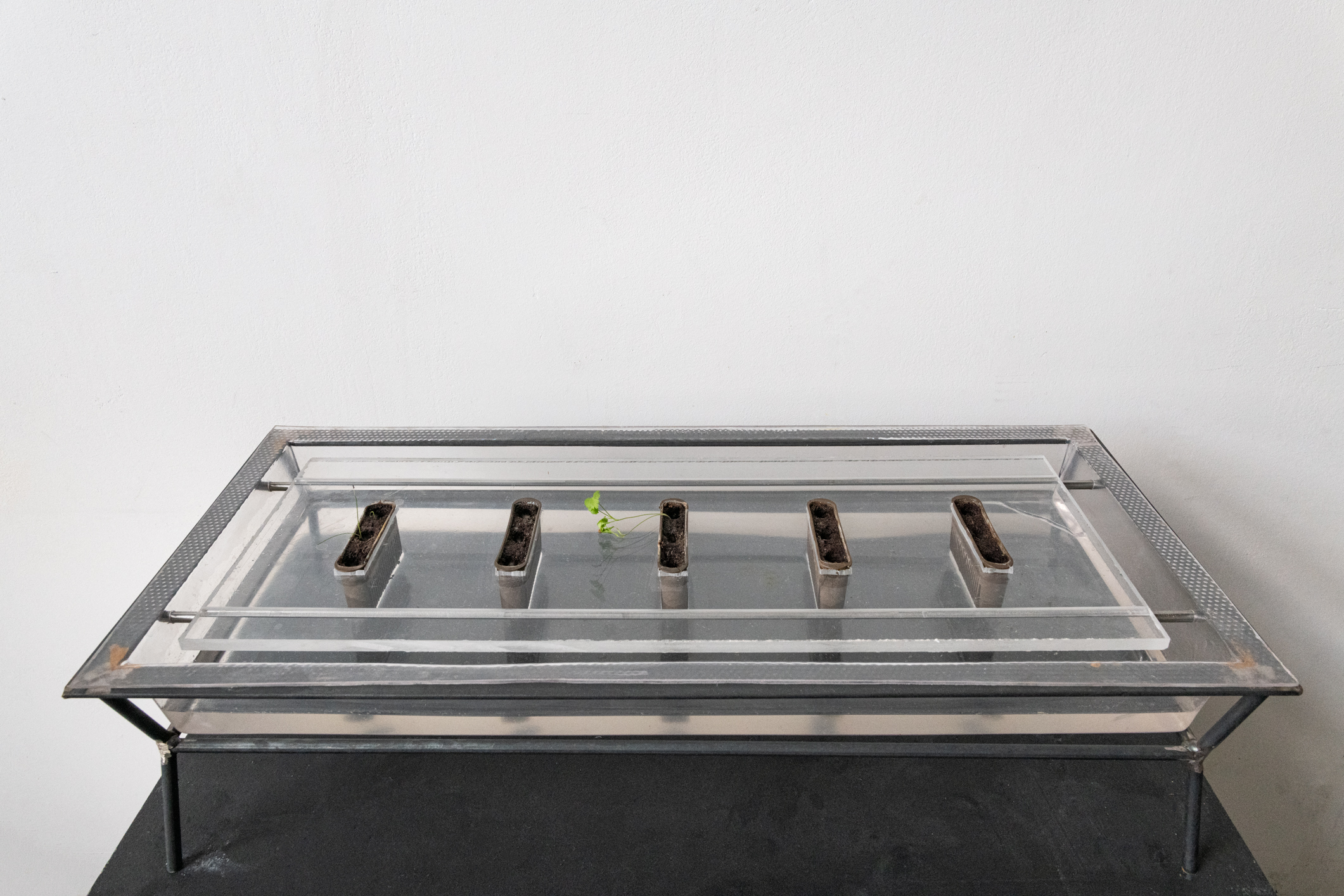Das Lebendige [le vivant]
Collective Exhibition 2023
Berlin-Germany
Collective Exhibition 2023
Berlin-Germany
« The selected photographers and artists for the 2023 edition of Fotohaus Berlin, titled «Das Lebendige» (The Living), seek to highlight the ecological issues that increasingly disrupt our perception of the world each day. While denouncing environmental damages such as fires, pollution, climate change, and floods, they also emphasize the remarkable ability of life to regenerate. Recognizing that mere observation is no longer sufficient, the artists assert that art and nature, as sources of creation, must open up perspectives for the metamorphosis of our societies.
By using the Living as a source of inspiration, the artist encourages spectators to reconsider their views on Nature. They consider the human being as part of a whole, not as an isolated entity closed in on itself. The future is invented together.
Thus, the intention of the 2023 edition is characterized by the desire to mix various approaches, whether documentary and scientific or more artistic and conceptual. It incorporates videos, augmented reality, and installations, aiming to construct a journey with the declared purpose of making our present more understandable.»
Thus, the intention of the 2023 edition is characterized by the desire to mix various approaches, whether documentary and scientific or more artistic and conceptual. It incorporates videos, augmented reality, and installations, aiming to construct a journey with the declared purpose of making our present more understandable.»

Photo: Andreas Trogisch |

Photo: Alexandre Dupeyron |
Waking Life
Edition 2023
Crato-Portugal
Edition 2023
Crato-Portugal



Lazy Gardener
DNSEP 2020-2021
ESADSE
Space
DNSEP 2020-2021
ESADSE
Space
New types of landscapes have appeared for several decades. Landscapes are sadly littered with all kinds of materials, like plastic. Wastes are transported by natural events: winds, tides, floods, etc. They move and colonize other territories, forming new landscapes stretched between artificial and natural. Every day, through movements and displacements, new landscapes appear, disappear, are transformed or modified.
Today, trips are more and more accessible. We speak about mass movements, especially in tourism. We go further and more frequently, searching territories "out of the beaten track". It seems obvious that we prefer to see a postcard landscape than a territory smeared with plastic that does not let us distinguish any form of plant life.
Today, we can create landscapes from scratch, both physically and virtually. We can generate landscapes on screen, but also recreate entire forests. We can also extract and import all kinds of plants from their native land. Some of these plants have adapted to our climates over time. Industries also breed "exotic" plants. Allowing us to have, at home, plants from elsewhere.
Three terrariums, but also three Time Capsules containing plants protected by plastic sheeting. Here, the plastic is at the service of the plant. This material is waterproof, allowing the terrarium to acquire its autonomy, which is necessary because all the plants contained in these capsules are from Latin America. So, these plants grow in warm and humid climates. Today, we are used to having those plants around us.
Today, trips are more and more accessible. We speak about mass movements, especially in tourism. We go further and more frequently, searching territories "out of the beaten track". It seems obvious that we prefer to see a postcard landscape than a territory smeared with plastic that does not let us distinguish any form of plant life.
Today, we can create landscapes from scratch, both physically and virtually. We can generate landscapes on screen, but also recreate entire forests. We can also extract and import all kinds of plants from their native land. Some of these plants have adapted to our climates over time. Industries also breed "exotic" plants. Allowing us to have, at home, plants from elsewhere.
Three terrariums, but also three Time Capsules containing plants protected by plastic sheeting. Here, the plastic is at the service of the plant. This material is waterproof, allowing the terrarium to acquire its autonomy, which is necessary because all the plants contained in these capsules are from Latin America. So, these plants grow in warm and humid climates. Today, we are used to having those plants around us.
Plants are disastrously raised in Holland, requiring a water supply inconsistent with our climate.
The terrarium allows them to survive independently. A territory visible through the plastic marked by humidity, as one observes a landscape through an airplane window. We can hardly distinguish the plant, which creates a necessary distance between us and these plants that should not be part of our daily lives. Plastic takes a more important place: it is visible. The plants, at the opposite, disappear behind a "rusty rain" and become almost invisible.
The notion of displacement is important in this project. Each capsule is transportable. Moving from place to place, they offer different landscapes each time. Condensation differs according to the temperature of the place: It is the result of a thermal bridge between the interior and the exterior temperature. If the temperature is the same, there is no condensation. Then, plants will appear. If the temperature difference is important, the plastic will get wet and parts of the territory will disappear.
A time capsule is a testimony of an era for future generations. Objects and information are enclosed in a capsule. Then, the capsule is buried to be opened years later. It allows producing a written record, asking questions to the futures generations. Like a Time Capsule, these landscapes are a way to question our current and future relationship with the plant. These capsules are vulnerable, representing living spaces, trying to reveal the reality of an increasingly fragile world. They all voluntarily induce a movement. All these movements, displacements, extractions, whether natural events or human displacements have an impact on our territories.
The terrarium allows them to survive independently. A territory visible through the plastic marked by humidity, as one observes a landscape through an airplane window. We can hardly distinguish the plant, which creates a necessary distance between us and these plants that should not be part of our daily lives. Plastic takes a more important place: it is visible. The plants, at the opposite, disappear behind a "rusty rain" and become almost invisible.
The notion of displacement is important in this project. Each capsule is transportable. Moving from place to place, they offer different landscapes each time. Condensation differs according to the temperature of the place: It is the result of a thermal bridge between the interior and the exterior temperature. If the temperature is the same, there is no condensation. Then, plants will appear. If the temperature difference is important, the plastic will get wet and parts of the territory will disappear.
A time capsule is a testimony of an era for future generations. Objects and information are enclosed in a capsule. Then, the capsule is buried to be opened years later. It allows producing a written record, asking questions to the futures generations. Like a Time Capsule, these landscapes are a way to question our current and future relationship with the plant. These capsules are vulnerable, representing living spaces, trying to reveal the reality of an increasingly fragile world. They all voluntarily induce a movement. All these movements, displacements, extractions, whether natural events or human displacements have an impact on our territories.
Steel, Plastic Sheeting, Velcro Tape, Tape, Compost, Clay Balls.
CAps 1: Ferns, Spathiphyllum
180×75×75 cm
CAps 2: Ferns, Spathiphyllum, Mushrooms
55×75×75 cm
CAps 3: Fittonias
60x30x30 cm
Credit Photo: Lola Hen

And An Other Landscape...
DNSEP 2020-2021
ESADSE
Space
DNSEP 2020-2021
ESADSE
Space
Today, salt extraction and sale are common practices, but this was not always the case. When man was able to cross the mountain, it became a playground for smugglers and especially for salt traffickers. At this moment, salt was used to preserve foodstuffs. It was a necessary product for the populations before the cold chain was mastered. It is necessary for the functioning of the human body and it was also used in certain religious rites. Today, salt can be found almost everywhere and at a cheap price. The saline extraction industries are multiplying. Another form of extraction leads us to the formation of new landscapes: a device where an already refined salt crystallizes again to form an evolving landscape.




Steel, Stainless steel, Plexiglas, Thermoforming, Clay, Salt, Water,
114x52x22cm.
Credit photo: Sandrine Binoux
There’s Always One For The Road
DNSEP 2020-2021
ESADSE
Space
DNSEP 2020-2021
ESADSE
Space
A store selling seed packs "Prêt-à-Pousser", threw away its unsold goods, including boxes of seeds to grow herbs at home. The expiration date was passed and the packs were no longer allowed to be sold. Do industries really have the power to predict whether a seed will give a plant or not?
Either a device allowing to leave the seeds in water for 15 days. The first shoots appeared after one week with coriander...
Either a device allowing to leave the seeds in water for 15 days. The first shoots appeared after one week with coriander...

Steel, Stainless steel, Plexiglas, thermoforming.
Seeds "pret-a-pousser": Chives, Thyme, Coriander, Basil, Mint,
77x30x18,5cm.
Credit photo: Sandrine Binoux